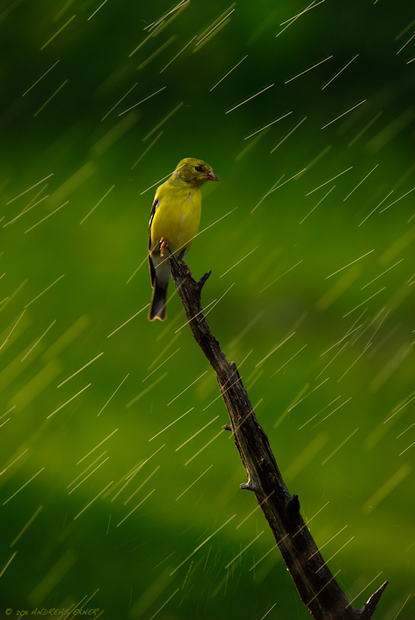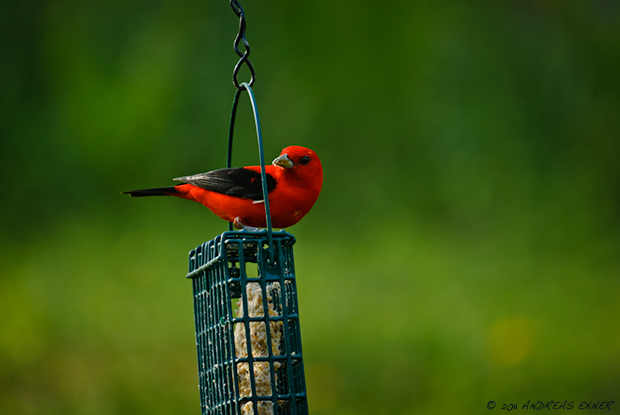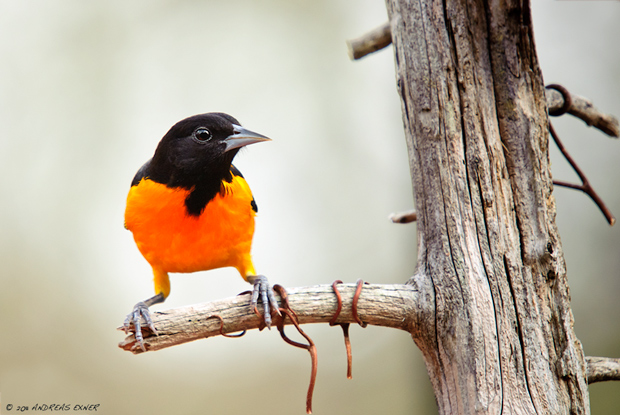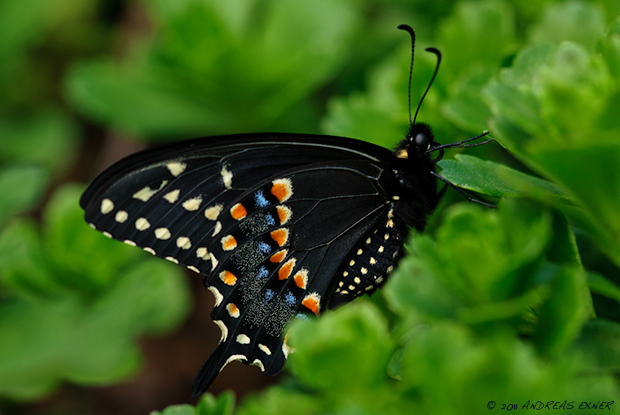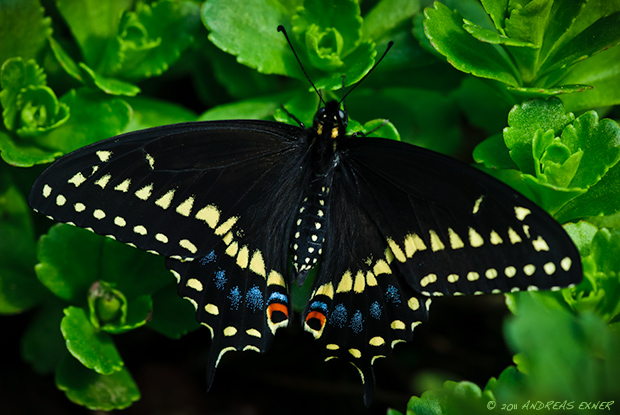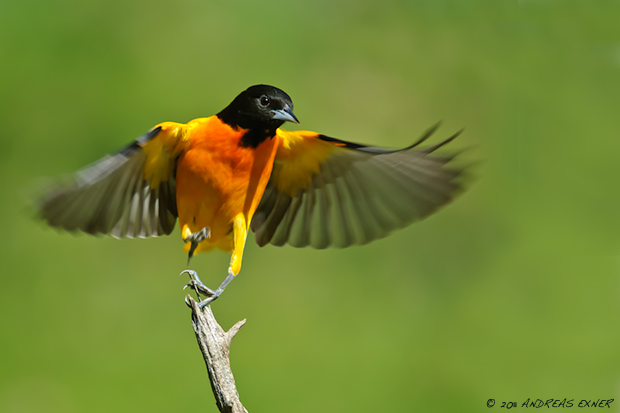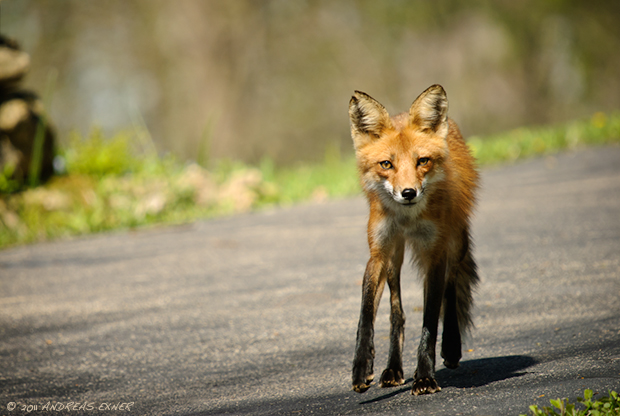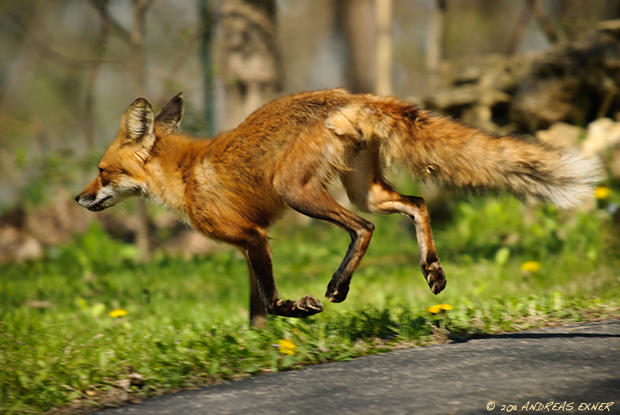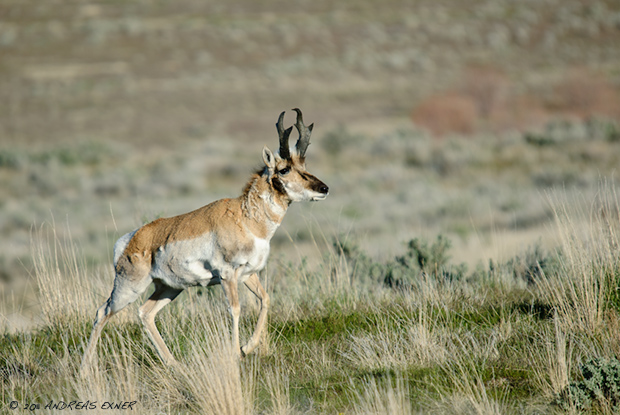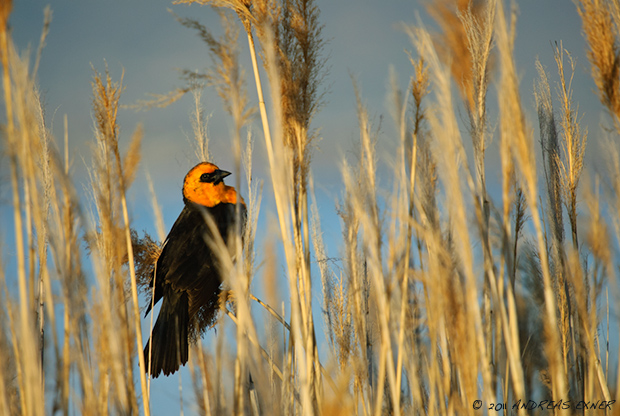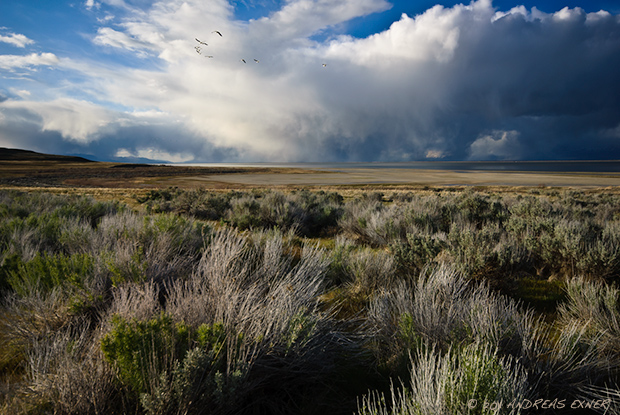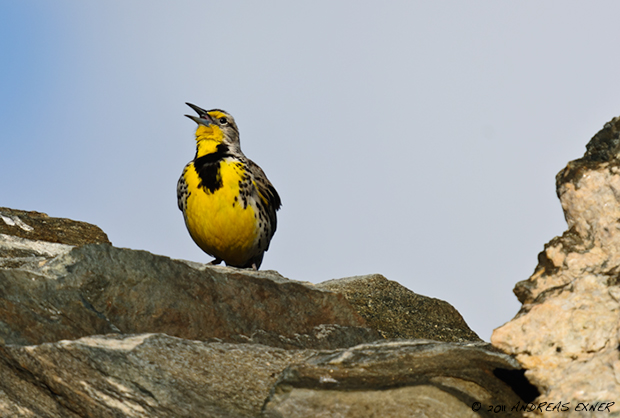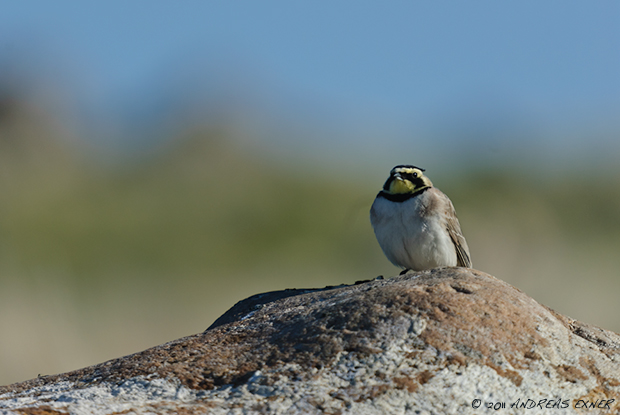After a rainy morning the weather became nicer and nicer with every hour today. At noon I had enough from sitting in my office and processing images from the last few weeks. I went to the Green Island Wetlands again. The water was very high, the highest I have ever seen it so far. There wasn't much waterfowl. It seems that many nesting places are flooded and except for two couples of Wood Ducks, a few Canada Geese, and some Pied-billed Grebes I haven't seen much else.
I discovered a big snake hanging in a bush that was standing in the water near the shore line. I believe it is a Black Rat Snake but still need to make more research to confirm it. A few weeks ago a very friendly DNR warden gave me a brochure "The Snakes of Iowa". It says Rat Snakes are rare in Iowa, except for a few locations. However, we had one around the house a few years ago until some dude killed it by driving over it…
Despite the snake was moving very slowly or just resting, it wasn't very easy to get a clean shot. Too many little branches blocked the view to the head and eyes quite often. There was only one direction to shoot from because the bush was in the water. It just took patience to wait until the snake moved to a different position.
I had another encounter of a new bird species, but this is for another "Nature Clicks" post. So please stay tuned and have a great Sunday.



